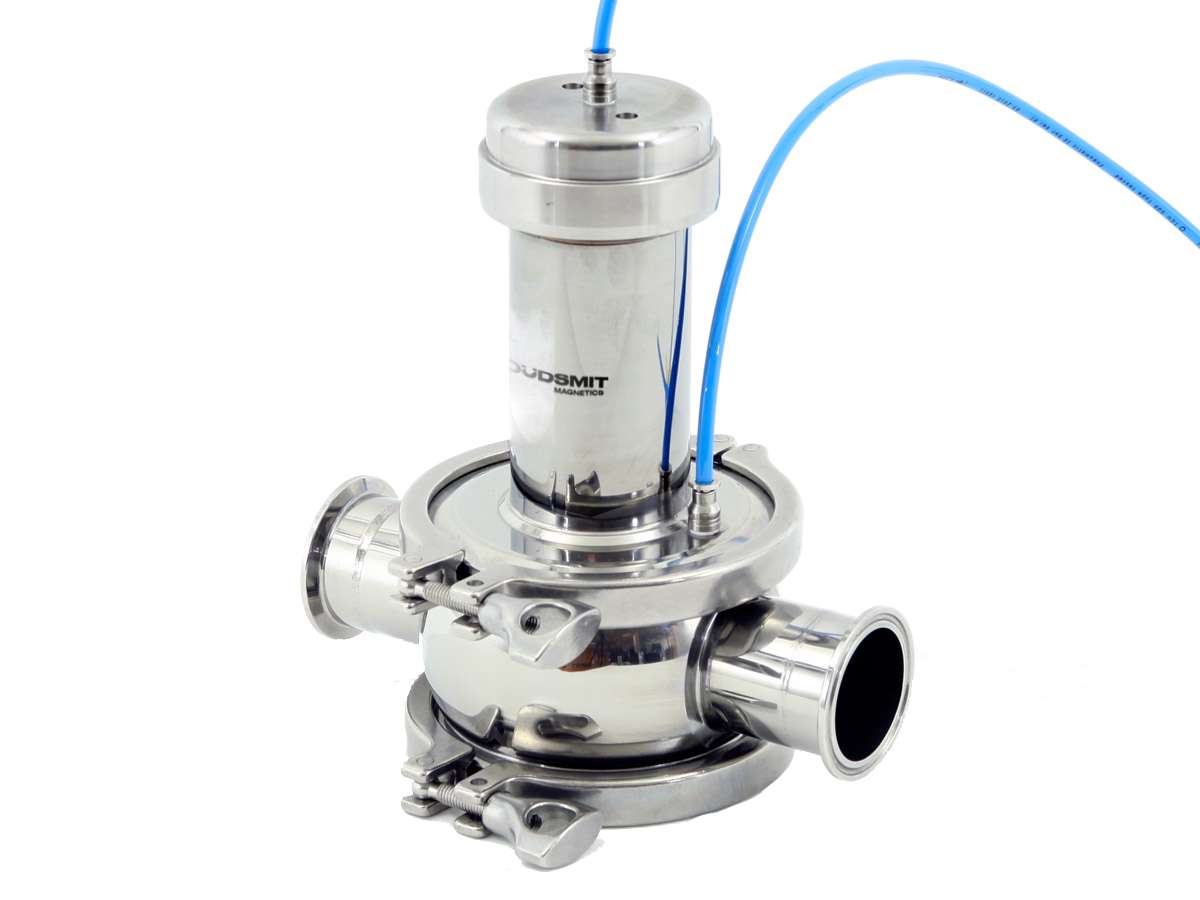Pharmaceuticals
Eliminating risks is the most important task of magnets in the pharmaceutical industry. Magnets increase the quality of your finished product and prevent damage claims and product recalls.
Getting metals out of medicines
Small metal particles can infiltrate the product during the various processes in the pharmaceutical industry. These are often lightly magnetic stainless steel particles, including AISI304 and AISI316L, that we can only remove with powerful magnets.
Such particles are too small for a metal detector. Besides the magnetic force, the cleanability of the magnet is also important.
Metal contamination
Metal in liquids and emulsions. (Liquids such as solutions, emulsions or suspensions arise from merging or pressing.)
When merging all types of liquids with other substances, producers use pumps, grinders, mixers and homogenisers. All of these processes can release very fine steel or stainless steel particles. These end up in the liquid. In addition, loose metal particles can end up in the product flow during cleaning and maintenance. Such as parts of the machinery.
EHEDG magnetic filters
Goudsmit has developed EHEDG magnets specifically for the pharmaceutical industry. They meet the highest standards when it comes to finishing, cleanability and material type. The systems manufactured from stainless steel 316 are built with neodymium magnets that effectively separate very small metal particles from 30 µm. The systems do not have any dead corners (HACCP) in which residues can get caught up.

Cleaning
Cleaning occurs either semi-automatic or according to the Cleaning-in-Place (CIP) method where cleaning and rinsing occurs at the same time. There are also rotating versions of magnetic filters; these are Cleanflow magnets that are intended for oily powders that otherwise stick to the magnet rods.
